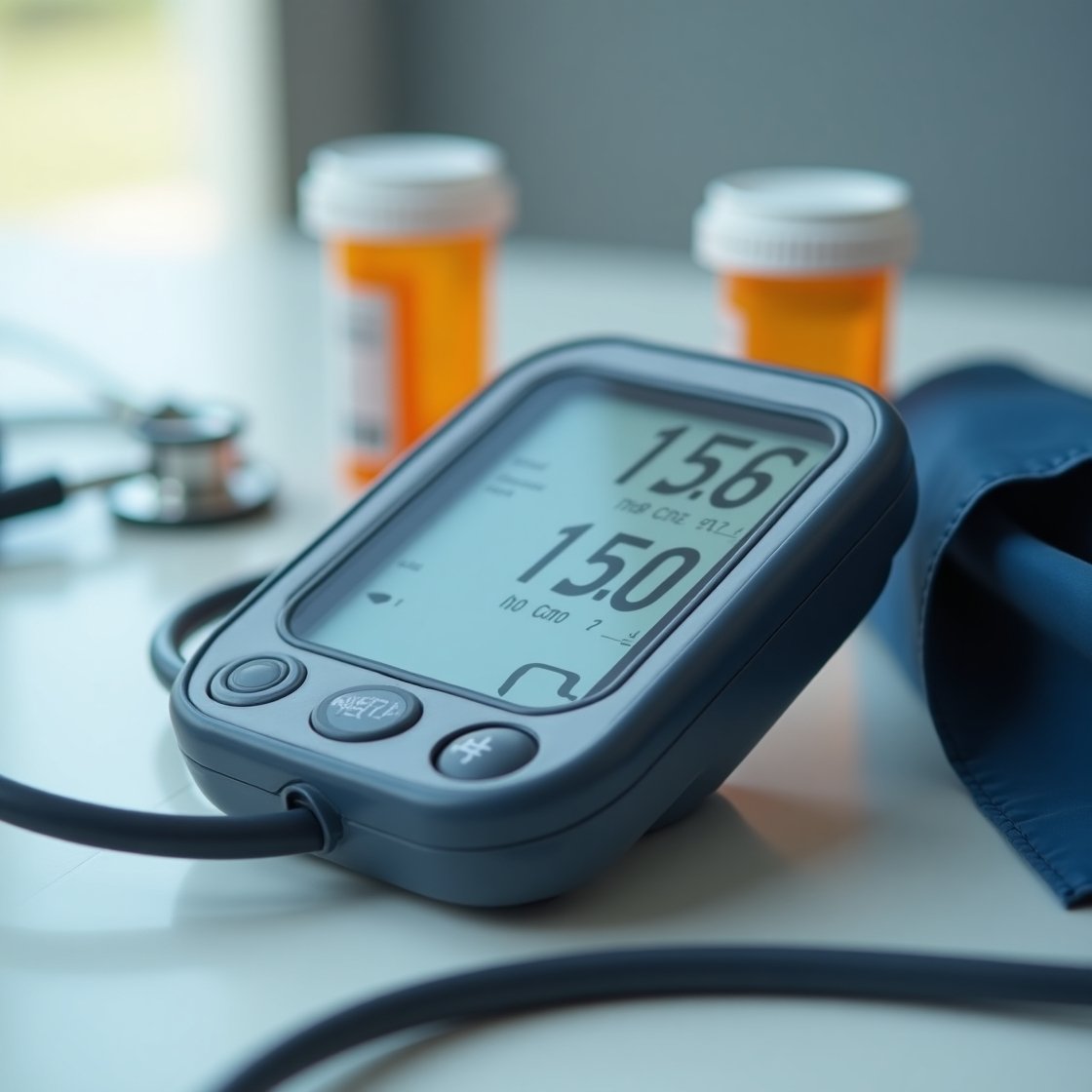How to Recognize and Manage Heart Disease Risk Factors
Heart disease remains the leading cause of death worldwide, but it doesn’t have to be inevitable. By understanding the risk factors and taking proactive steps, you can significantly reduce your likelihood of developing cardiovascular problems. This guide will walk you through recognizing common risk factors and provide actionable strategies to manage and mitigate them effectively.
What Are Heart Disease Risk Factors?
Risk factors for heart disease are conditions, habits, or inherited traits that increase the likelihood of developing cardiovascular problems. Some of these risk factors are modifiable, meaning you can take steps to change them, while others, like age or genetics, cannot be altered.
Modifiable Risk Factors
High blood pressure (hypertension)
High cholesterol
Smoking
Physical inactivity
Poor diet
Obesity
Diabetes
Excessive alcohol consumption
Stress
Non-Modifiable Risk Factors
Family history of heart disease
Age (risk increases with age)
Gender (men and postmenopausal women are at higher risk)
Ethnicity (some ethnic groups have a higher predisposition)
How to Recognize Heart Disease Risk Factors
1. High Blood Pressure (Hypertension)
High blood pressure is often called the “silent killer” because it usually has no symptoms until significant damage is done. Regular monitoring is essential.
Signs: Rarely noticeable, but may include headaches, shortness of breath, or nosebleeds in severe cases.
Check: Blood pressure readings higher than 130/80 mmHg are a warning sign.
2. High Cholesterol
Excess LDL (bad cholesterol) can build up in your arteries, leading to blockages.
Signs: Often symptomless, but can result in chest pain or heart attack when severe.
Check: A lipid profile blood test can measure LDL, HDL, and triglyceride levels.
3. Smoking
Smoking damages the lining of your arteries, causing them to narrow and reducing oxygen flow to your heart.
Signs: Chronic cough, shortness of breath, or reduced physical endurance.
4. Obesity
Carrying excess weight strains your heart and raises the risk of high blood pressure, diabetes, and high cholesterol.
Signs: BMI over 30 or a waist circumference over 40 inches for men and 35 inches for women.
5. Diabetes
Uncontrolled blood sugar damages blood vessels and nerves that control the heart.
Signs: Frequent urination, increased thirst, and slow-healing wounds.
6. Stress
Chronic stress can lead to increased blood pressure and unhealthy coping mechanisms, like overeating or smoking.
Signs: Persistent anxiety, irritability, or trouble sleeping.
Managing Heart Disease Risk Factors
1. Maintain a Healthy Blood Pressure
Strategies:
Reduce sodium intake.
Eat potassium-rich foods like bananas and spinach.
Exercise regularly.
Limit alcohol consumption.
Tools: Blood pressure monitors and regular check-ups.
2. Lower Your Cholesterol
Strategies:
Eat more soluble fiber (e.g., oats, legumes).
Incorporate healthy fats like Omega-3s from salmon and flaxseeds.
Avoid trans fats found in processed foods.
Consider cholesterol-lowering medications if recommended by a doctor.
3. Quit Smoking
Strategies:
Use nicotine replacement therapy (patches, gum).
Join smoking cessation programs.
Seek support from family, friends, or support groups.
Benefits: Quitting smoking reduces the risk of heart disease by 50% within one year.
4. Adopt a Heart-Healthy Diet
Key Components:
Focus on fruits, vegetables, whole grains, lean proteins, and healthy fats.
Limit processed foods, added sugars, and saturated fats.
Stay hydrated by drinking plenty of water.
5. Stay Physically Active
Recommendations:
Aim for at least 150 minutes of moderate exercise per week, such as brisk walking, swimming, or cycling.
Include strength training exercises twice a week.
6. Manage Stress Effectively
Strategies:
Practice mindfulness meditation or deep breathing exercises.
Engage in hobbies or activities that bring joy.
Seek professional help if stress feels overwhelming.
7. Control Diabetes
Tips for Management:
Monitor blood sugar levels regularly.
Follow a balanced diet with low-glycemic foods.
Take prescribed medications or insulin as directed.
8. Limit Alcohol Consumption
Guidelines:
Limit intake to one drink per day for women and two for men.
When to See a Doctor
If you experience symptoms like chest pain, shortness of breath, dizziness, or swelling in your legs, consult a healthcare provider immediately.
Schedule regular check-ups to monitor blood pressure, cholesterol, and blood sugar levels.
Call to Action: Take Charge of Your Heart Health
Understanding your risk factors is the first step toward prevention. By making small but consistent changes, you can take control of your heart health and reduce the likelihood of developing heart disease.
For more in-depth information and actionable strategies, download our free eBook, “Heart Health Essentials: A Guide to Prevention and Wellness.” Visit CardioNatural.com to access your copy and explore supplements designed to support cardiovascular health.
Conclusion
Heart disease risk factors are not inevitable—they can often be managed or even eliminated with proactive measures. By recognizing your risks and implementing the strategies outlined in this guide, you can protect your heart and live a healthier, longer life.
Start your journey to a healthier heart today. Take small steps, seek professional guidance when needed, and prioritize your cardiovascular wellness. Remember, your heart works tirelessly for you—it's time to return the favor.





